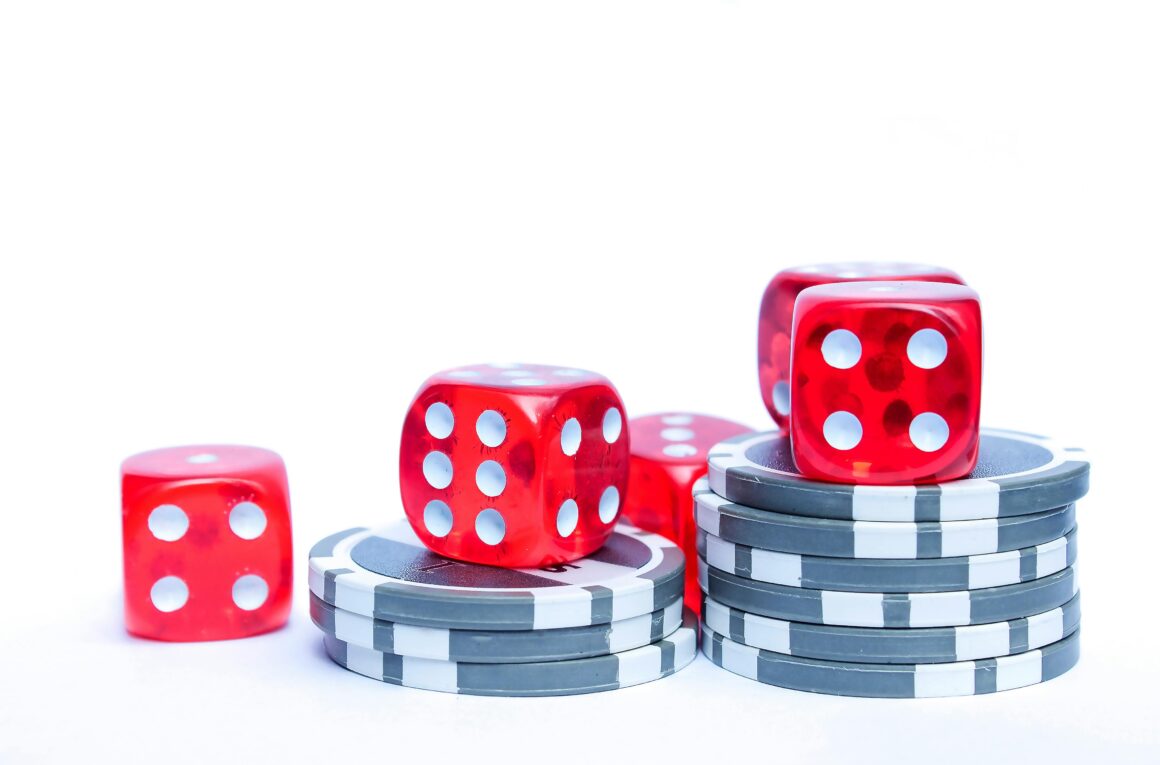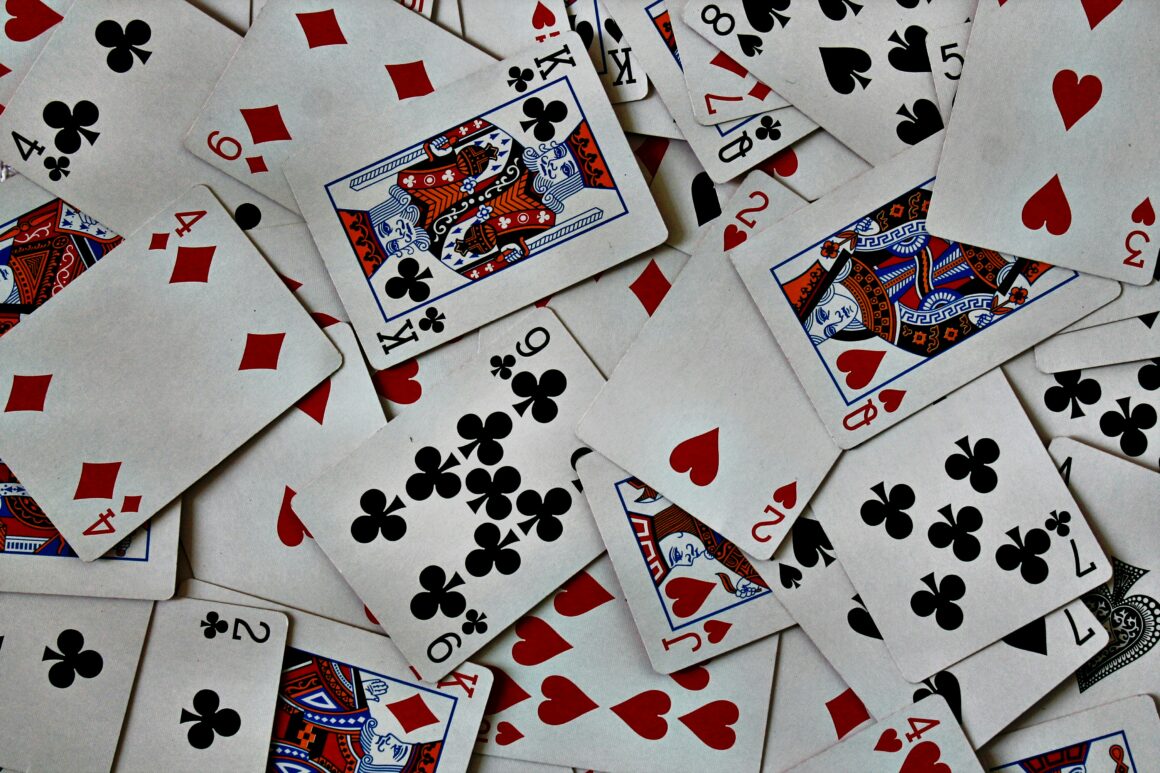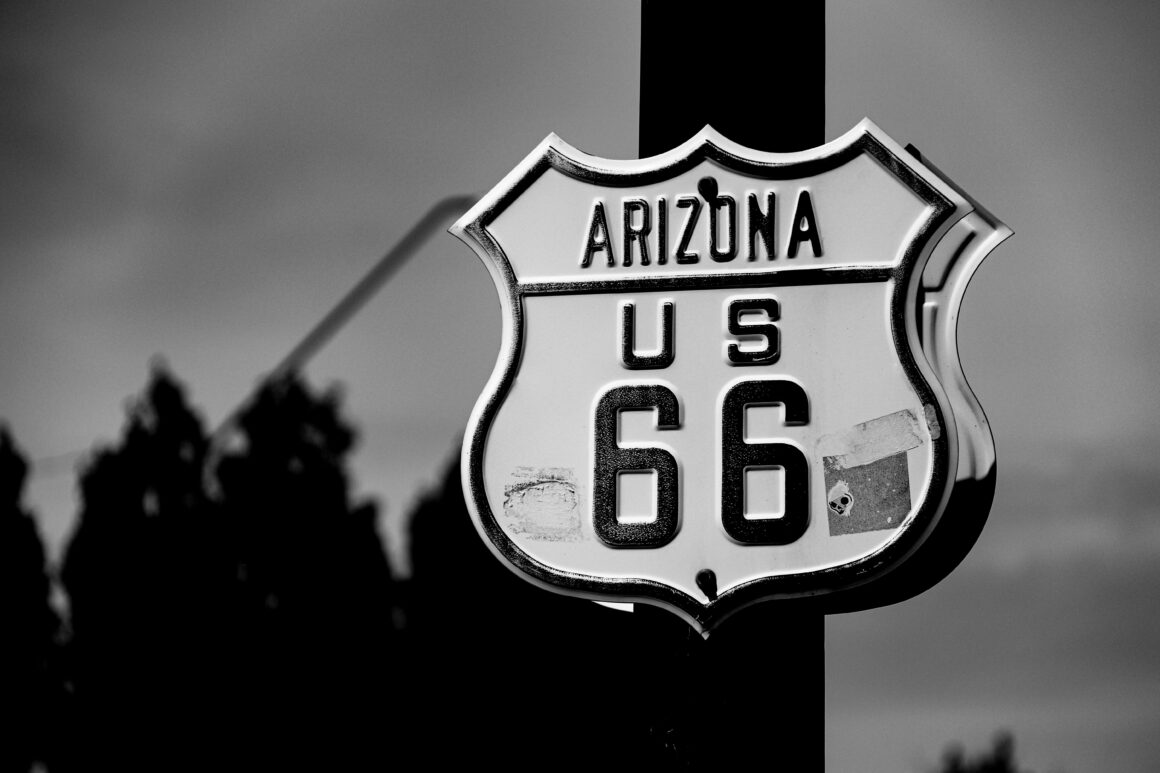
The Get Down follows a group of intercity teenagers telling their lives as an epic adventure filled with Bruce Lee movie sound effects, lyrics written by Nas, and all the bellbottoms and afros anyone could ever want. In a matter of two short days the show has taken the nation by storm with its impeccable insight into the middle of the Bronx’s burning period. It gives a giant head nod to the reality behind the movement it portrays as well as to the forerunners of it. Music lovers witnessed the catastrophe that was “Vinyl’s”dip into the hiphop scene, portraying it as violent and aggressive; something that isn’t wholly accurate. With The Get Down, viewers get to see the love, effort, and the trials that went into hiphop; a style that existed but was still struggling to break into the industry. The music wasn’t born from peace and love but in 1977, it had a way of bringing people together. The predominantly black and hispanic Bronx was suffering due to the heinous acts of dirty politicians and business owners, and the ghetto responded. Gangs, drugs, and dirty money took over the city simultaneously but one of few things that held the Bronx together was the ability to go out and groove.That’s something that “Vinyl” didn’t show because its characters were not a part of that narrative— that was a different New York. Creator Baz Luhrmann made sure to keep away from whatever brainwashed idea of hiphop Vinyl was going into before it was cancelled.
Real life characters are the glow around the fictional ones stories, they’re the ones we know existed and the ones that started the movement that is hiphop and urban art. Luhrmann brought in Nas, Kurtis Blow, and Grandmaster Flash as producers and countless others as consultants to make sure that the story being told was the right one. There would be no using hiphop as a cheesy prompt for the ‘White Man Finds HipHop And Saves It’ because the world knows what that really looks like. It’s inaccurate and it leaves out not only tribute to the backbone of what makes the Bronx music and art scene special but also tribute to those who helped to really get it off of its feet. With Luhrmann and so many people who know firsthand what went down and how— The Get Down is just like watching the graffiti littered train at sunup. It’s personal but it’s also real. Not only that, but unlike shows such as Vinyl, the story always comes back to the music. No matter the outrageous club shootings that seem too wild to be real or the shots of red Pumas hitting a burning, concrete ceiling during a chase scene; music remains the central factor of the show.
The Get Down’s portrayal of gang violence and drugs is an accurate one, albeit theatrical. It’s a known fact that gangs started to protect neighborhoods— violence met violence freely. In this perspective, there’s protection for the neighborhoods, but there is also that turf divide that is symbolic of gang narrative. It’s the most profound perspective because it’s the realest. Ezekiel “Zeke” Figuero is growing up without his mother and father after losing both to gang related crimes. The bullet that killed his mother was meant for his father who was suffering from PTSD via the Vietnam War (the war that tore the country a part). His father was killed at a later date, the gang finally settling a score unbeknownst to the audience. In the midst of it all is Ezekiel, a natural wordsmith with a gift for speaking truth but no courage to use it. He and four of his friends, plus the fantastic graffiti artist “Shaolin Fantastic”, are welcomed into it by the wisdom provided by none other than the master, “Flash”. It might take a minute for the name “Flash” to sink in but, for the hardcore music fans out there— once you know; you know. Many will say that Grandmaster Flash is considered to be the pioneer of hiphop DJing but that’s not right. Grandmaster Flash is the pioneer of hiphop DJing, and that’s only another thing to add to the list of things Netflix’s The Get Down got right.
This tale of epic proportions isn’t just about the struggle of hiphop artists in the late 70s Bronx, it’s about teenagers growing up during one of New York’s darkest times. In the first episode Ezekiel and friends are wondering how Shaolin gets money for his clean, red Pumas. Later we see that their hero is knee-deep in drug dealing, a method that most turned to in order to survive. His apartment hasn’t had the water shut off by the city yet and his electric is done up by “magic” yet his record collection is diverse and vast. Like Mylene Cruz, he’s trying to be something more, to turn his music into a saving grace. The common idea here is that if they can find a place with their music, they can escape the struggle of everyday life. Zeke and his friends think that Shao has already reached that point but he’s growing right along with them. That’s the beauty of this show, it’s clear that beauty and ugly go hand-in-hand. Mylene’s father and uncle are both good men trying to do something good just in very different ways, just like everybody else is in the Bronx. Each episode lets you know that this is no easy task, and unlike Richie stumbled upon hiphop in Vinyl, these kids didn’t accidentally walk into something great— they’re being led to it.
“Nigga got wings nigga gotta fly, right”, Zeke says as he and Shao talk about Shao letting go of hustling for a little while. Lines like these are what wrap it all together, putting the neat little bow on top of the present that Netflix blessed us with. We get all of the magic in the music but it’s also in the story. Is it sometimes corny? Yeah, but anything in the world of scripts where marijuana is a plot device is bound to be corny. The important thing is that it clicks, like Zeke and the purple magic crayon, it clicks. It clicks like the music clicks in time with the story and the story clicks in time with the way Netflix subtlety asked, “Are you still watching The Get Down ?”.





Comments are closed.